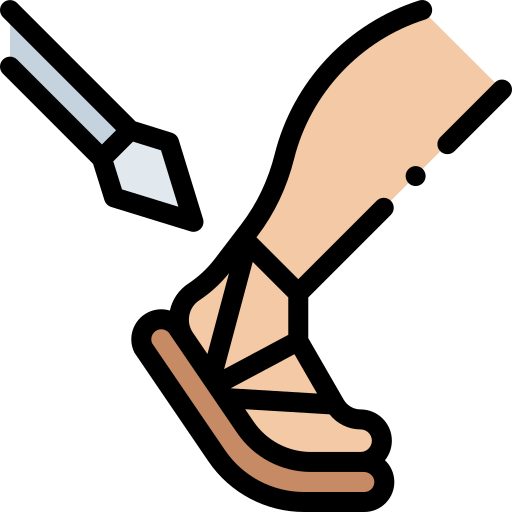Importance of muscle rest and how to avoid tendinitis in your workout routine.
In the world of fitness, allowing your muscles to rest is essential for optimal performance and growth. During strength training exercises, small tears may occur in muscle tissue due to the resistance applied, resulting in a strong pull on both sides, such as the biceps and triceps with the cable. It's crucial to understand that these tears are a natural part of muscle development and shouldn't cause any pain. To ensure proper muscle development, aim for at least 10-15 reps to stimulate the muscle tears effectively. This balanced approach will help prevent imbalances between the biceps and triceps and foster overall strength and stability. When training your muscles, it's essential to avoid overloading one side more than the other, as this can lead to imbalances and potential injuries like tendinitis.

If you consistently train a muscle group without addressing imbalances, you may find that the stretch on one side is better than the other, indicating a potential strength discrepancy. To maintain balanced muscle development, it's crucial to assess and adjust your training routine regularly. By doing so, you can prevent strain on tendons and reduce the risk of tendinitis in various areas, including the arms, legs, and back. Tendinitis, a common issue in sports and fitness training, refers to inflammation of tendons in different parts of the body. The Achilles tendon, found in the back of the leg, is particularly susceptible to tendinitis, especially when subjected to stress from activities like wearing high heels. Tendinitis occurs when a tendon becomes injured or strained and doesn't fully recover, leading to swelling and discomfort.
🙊
Achilles tendonitis, specifically affecting the Achilles tendon, can be a painful condition that hinders physical performance. Preventing tendinitis involves addressing any underlying muscle imbalances and using proper training techniques. Jump rope training provides an excellent low-impact option to train your muscles while reducing the risk of tendinitis. This versatile workout engages multiple muscle groups, offering a balanced approach to strength training. As you jump rope, your muscles are activated in a controlled manner, minimizing the strain on tendons and reducing the likelihood of inflammation. By incorporating jump rope workouts into your fitness routine and combining them with proper muscle rest and maintenance, you can enjoy an effective and safe training experience, promoting overall health and well-being.
😓
Therefor, muscle recovery and tendinitis prevention are crucial aspects of a successful fitness training regimen. Embrace the importance of muscle rest to allow for proper growth and development while avoiding overloading certain muscle groups. By incorporating low-impact exercises like hopping with a training jump rope, you can create a well-rounded workout routine that supports balanced muscle development and reduces the risk of tendinitis. Prioritize your body's health and longevity as you embark on your fitness journey, and enjoy the benefits of a strong and resilient physique.
🏔️